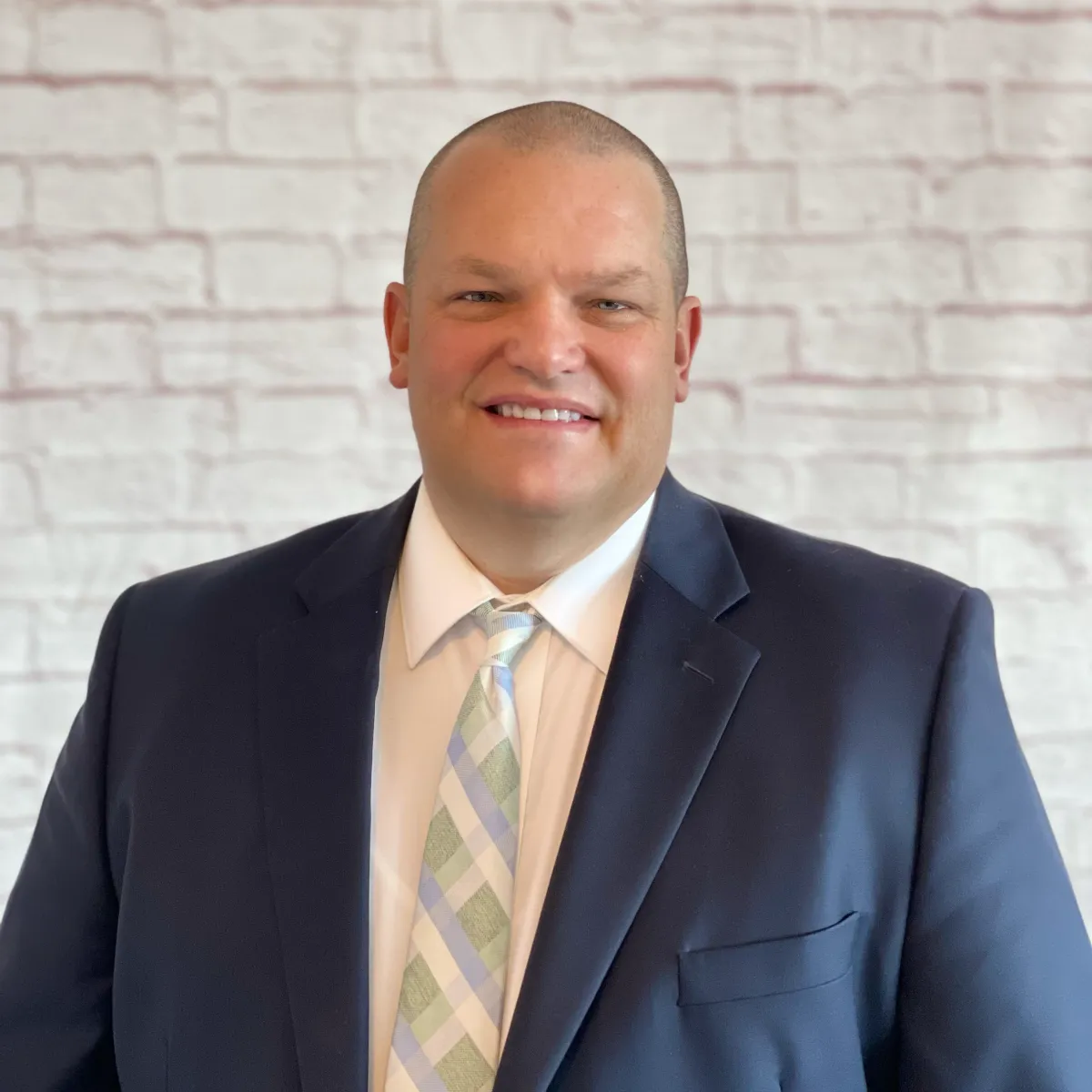Articles and Podcasts

Patient Attitudes and Demographics
Patient Attitudes and Demographics
We want to explore how there exists a cross-over between Desirable Demographics and the attitudes within a patient base to purchase healthcare. This episode explores those demographic factors. In fact, we have even included a partial list of some U.S. cities that demonstrate these factors so you can see what kinds of places we are talking about.
They are not the fastest growing places nor are they the most affluent but they represent a solid and safe investment.
Watch the Podcast Video Here:
Listen to the Podcast Here:
Read the Transcript Here:
Scott McDonald: [00:00:14] Hello, this is Scott McDonald from Doctor Demographics. And today I want to talk to you about the potential attitudes of a patient base. Now, generally speaking, we can always tell you how many people there are in competitors that might be found within an area, and that makes it very reliable in terms of demographics. But attitudes are not so easily recorded, and we're matching how attitudes are likely. A population will be to spend money on health care. In relation to the location. So we've given each location in the country a score, so to speak, about its attitudes. And that's what we're going to talk about in this this session on the demographics of attitude. So stick with me. Now, the demographics attitude is something that's a little bit of a soft science. You can always count noses and count competitors, but knowing people's attitudes is a little more difficult and nuanced. So I want to talk to you about how you determine an area that will have a favorable attitude toward purchasing your services. Now, I'm sure that many of my audience will be offended by what I'm going to have to say. People usually are when we talk about attitudes and say some locations are favorable and some really are not. It's not my intention to offend anyone. You see, people often interpret my comments as being judgmental. For example, they may assume that I am vilifying a particular political point of view as being valid. And another is invalid. That's not so. This episode merely posits that attitudes can be known and understood, and these attitudes of consumers should be acted upon when choosing a site for practice.
Scott McDonald: [00:02:22] In short, look for areas where the attitudes are favorable. After all, finding favorable places to practice is what doctor demographics is all about. And we can help you. But let's start with a question. Do patient attitudes on health care make a difference on the success of a practice in that location? And how is this manifested in a practical sense? Do the attitudes of a population regarding the consumption of health care influence the viability of the practice site? The answer is, of course they do. The more difficult question is how much do those attitudes influence demand? And what? Favorable attitudes contribute to that outcome. Now. I want to talk about the demographic factors you should be looking for, not just competition, not just growth or money. Let's talk about attitudes. Now, I've been searching for these factors for my entire career, so I hope you know that in discussing this, we're looking at a territory that is on trod. I know that if we can understand these factors, we can predict or project where practices could assume their efforts would pay off. We're we're in fact, stating factually that these are the places where positive additives can exist, are likely to exist, and will help you to succeed faster. It is much more complex than just looking for the wealthy. Some people think money is going to result in a good place to practice. I'm just having money does not mean people will spend their money on doctors.
Scott McDonald: [00:04:26] They will also have to have above average motivations to invest in health care. In short, there must be a will to spend on care. And I want to talk to you about how we determine whether there is a will to serve or to spend money on care. Now that will to to spend is not universally found. It's not ubiquitous. But where does it exist? It varies based on the demographics of the residents. Similar residents will have similar demographics and therefore they will be more positive as a patient base for your practice. Now, one of those factors is age. We're looking for a median age of between 50 and 64. Now, you may be surprised by that. Some people assume the best people to spend our younger and richer, and they may assume that is older and richer. The the demand for health care services is most acutely felt at 50 to about 64. Above average net income, not net worth, is also important. People need to have the money to spend. So where can we find those places? We also have to consider a couple of other facts. One is married couples, husbands and wives who are both alive and cohabitating are likely to get health care and to pay more for it than their single single counterparts. If they live in owner occupied housing, they will also spend more, have better credit and in general demand more health care services. So we need to find those kinds of places as well.
Scott McDonald: [00:06:30] But there's more. We're looking for non smokers names. What does that have to do with anything? Well, smoking is an indicator of how seriously people take health care. Smokers are generally not consumers of health care and will tend to pay less. It's just a fact that we found in correlation exercise in demography. Now another factor is educational attainment. It's not that you have to have a lot of people that have super high education, but we do prefer places with lots of bachelor's degrees and master's degree. But it is not as desirable to find people who have PhDs, believe it or not. They are not as likely to spend as much money money as their age and income cohorts. Also, people with low education tend not to spend as much. We also have a couple of other factors. If they are parents with two or more living children, they will tend to spend more on health care. Believe it or not, their children, adult children very often will be primary motivators of seeking care. You may ask, where can I find these wonderful cities, these great places? Well, I'm actually going to give you a partial list. St George, Utah has come up on our actuarial tables. Well, that's number one. They have the age, the income, the marital status, the housing type to really make this a good place to go. Next would be Tampa, Florida. Tampa. Not just the city, but also the region where Tampa is found in Florida, which is on the West Coast, is a highly desirable area for the kinds of people with good attitudes in health care.
Scott McDonald: [00:08:38] Winston-salem, North Carolina. Do you get it? Do you kind of get a feel of what I'm talking about? We're talking about young retirees who have education, have had a profession, had a career and moved on and are living in single family dwellings. Las Vegas, Nevada, just made the list. Now, Las Vegas has gone up and down in its desirability of its patient base. It's kind of come back up. More people have moved to Las Vegas, particularly because California has encouraged people to leave California, and Las Vegas has been the beneficiary in Fargo, North Dakota. Fargo. Surprisingly, this continues to be one of the better places to retire in the United States, particularly for people with money and homes. Mesa, Arizona, is also on the list this year. Phenix, Arizona, generally as a region has been very popular. But Mesa, we've seen, is even better than Tucson. What one touchy Washington. I haven't been there. I don't know it. I'm just going by the numbers. And it continued to come up on the list, so I thought I'd share it with you. But Knoxville, Tennessee, is continuing to rise on the lists of where to go. It's got a growing population that is increasingly affluent. But like these other places, you don't have to spend a huge amount of money. Now, there are other places in the country with more money and more growth. But there are very few that allow people to keep the money that they have as much as Knoxville and some of these other towns.
Scott McDonald: [00:10:30] Lancaster, Pennsylvania surprised me, but it came up as well. And looking at the tests of the statistics, it looks better and better every year. Ann Arbor, Michigan. In College Station, Texas. Now, College Station, Texas is particularly favorable because you don't have to pay a lot of money to own a home in College Station. It's centrally located. A lot of people like the idea that it's a warm climate place. Now, you'll notice, by the way, that many sites do feature warmer weather, which is something that people prefer when they retire. But let me express something real quickly. You're not looking, as I'll mention in a minute. Not looking for the places where there is super high income or even super low income, where the costs are moderate is what you're looking for. So all of these kind of come into that moderate market. Don't consider that you've got to spend a lot of money in these places. Now, the attitude audit is something I want to share with you. We're trying to determine what people in the target group have demonstrated an interest in buying or purchasing that will signal us to their health care choices and lifestyle habits. People who have very high incomes are not necessarily the best patients. It's the people in the middle ranges. The third out of five quintiles of income that are good. That's what our target should be. One of the big clues that tells us they will demand health care is age.
Scott McDonald: [00:12:20] Older people up to about age 75, are more inclined to want and need discretionary health care services. When you get over 75, a lot of people say I give up when they're very young, particularly under 55 years of age, they feel they don't have the need. That's why the median range of age is important. Those with higher incomes and education are generally considered more cooperative and better patients by providers and therefore are more desirable from the provider point of view. They're likely to travel and receive care from a larger radius. People in that age group will go to a doctor from further away. That makes it more desirable from the point of view of a provider when more providers can have successful practices because the population is growing and is large. Under these circumstances, people with these demographic profiles tend to cluster together, which creates a larger patient base. Now, the point isn't that a rural area won't go because there aren't enough people. What we really want, though, is it to be easy to run downhill. The trends of growth and the clustering of a growing population are highly desirable. That's what we're hoping to find. Rural and urban residents tend to have a smaller percentage of their residents who will be disposed to seek health care services, especially if they might be considered too expensive or too extreme for them. That's why we're looking for the median income. Median population size. It is usually best for residents to consider themselves outside the extremes of income.
Scott McDonald: [00:14:27] Neither very rich. Or very poor. Neither. Growing at a breakneck speed or declining. We're looking for the middle and their attitude. Now I want to tell you some of the things the tea leaves are telling us about the population you want to consider. Demographers believe this type of patient is on the rise, but not in all corners of the US. I'm I'm saying this in other words. These places will not be like the rest of America. They're becoming more and more unique. So if you find one, hang on to it. For dear life, this market will cease to have a great deal in common with the rest of America. In other words, it's becoming they're becoming more unique. Warm weather, low taxes, very low crime. And that's key. Reasonable cost of living. In other words, you can purchase a home and afford it. Are strong. Have strong retail locations. In other words, shopping malls. They tend to characterize these places and are likely to attract growth. That's key. Now, if you want to talk to someone on the phone, we can provide telephone consultations or do a report to check the viability of the area that you want to consider. We can say, is this a good risk or a bad one? We can say, is it likely to improve or not? So visit the doctor demographics dot com or call us at 800 8490499. This is Scott McDonald. Thank you so much for listening and we'll talk to you again soon.
Our Leadership

Scott McDonald
"Demographics is more than just facts and figures. It is the foundational story in which we develop the right strategy and plan to create successful practices over the long-term. Markets change, economies fluctuate, and internal goals differ. Our goal at Doctor Demographics is to provide you with not just the data, but experienced analysis to help you create the practice you've always dreamed of having."
Scott McDonald
Founder - Doctor Demographics

Mike Green
"Mike Green is a seasoned healthcare strategist with over 30 years of experience specializing in practice placement/promotion strategies, demographics, and psychographics. He empowers doctors and healthcare entrepreneurs to build thriving, patient-centered practices through data-driven strategies. Having conducted over 10,000 market studies over the. years, Micheal transforms insights into actionable plans, helping practice owners establish and scale their practices across the United States and beyond. His proven approach ensures practices not only compete but excel in their communities. Micheal’s expertise delivers sustainable success for new and established practices alike. "
Mike Green
Owner - Doctor Demographics



Facebook
Instagram
X
LinkedIn
Youtube
TikTok